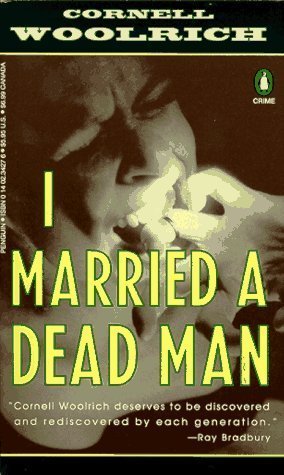What do you think?
Rate this book


256 pages, Paperback
First published January 1, 1948
Outside, the street-lights went spinning by like glowing bowls coming toward her down a bowling-alley. But each shot was a miss, they went alternately too far out to this side, too far out to that. With herself and the car, the kingpin in the middle that they never knocked down.I think it is time that Woolrich and the other great noir writers of the Thirties and Forties -- men like James M. Cain, Horace McCoy, Edward Anderson, Kenneth Fearing, and William Lindsay Gresham -- be recognized side by side with the academic standards of the same period.
She thought. That must be fate, bowling against me. But I don't care, let them come.